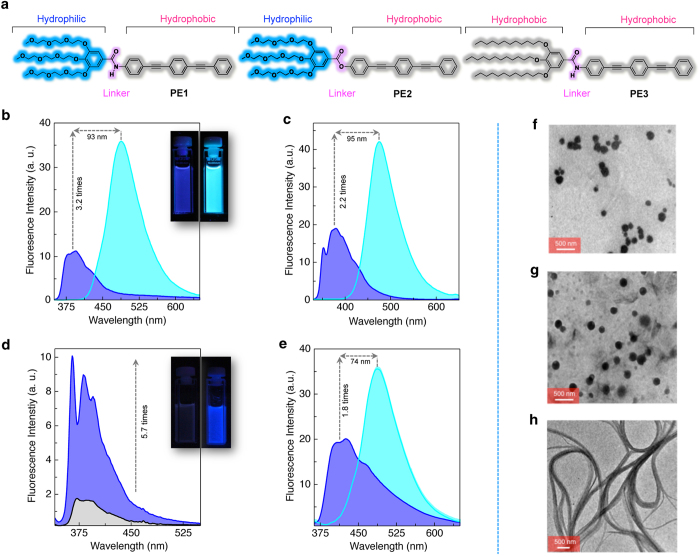Figure 1. Controlling the emission and morphology of PE aggregates by molecular design.
(a) Chemical structure of amphiphilic PE1 and PE2 and lipophilic PE3 molecules used in this study. Emission spectra (λex = 340 nm) of (b) PE1 and (c) PE2 in THF and THF-water mixture (1:9 v/v), c = 1 × 10−5 M. Inset of Fig. 1b shows photographs of PE1 in THF (left) and THF-water mixture 1:9 v/v (right) under illumination at 365 nm. (d) Emission spectra (λex = 340 nm) of PE3 (c = 1 × 10−4 M) in chloroform and n-decane. Inset shows photographs of PE3 in chloroform (left) and n-decane (right) under illumination at 365 nm. (e) Emission spectra (λex = 340 nm) of PE1 coated paper in the absence (blue) and presence of (cyan) water. TEM images of (f) PE1 and (g) PE2 aggregates prepared from THF-water mixture (1:9 v/v), c = 5 × 10−5 M displaying spherical particles and (h) PE3 aggregates in n-decane (c = 5 × 10−5 M) showing 1-D fibre bundles.

